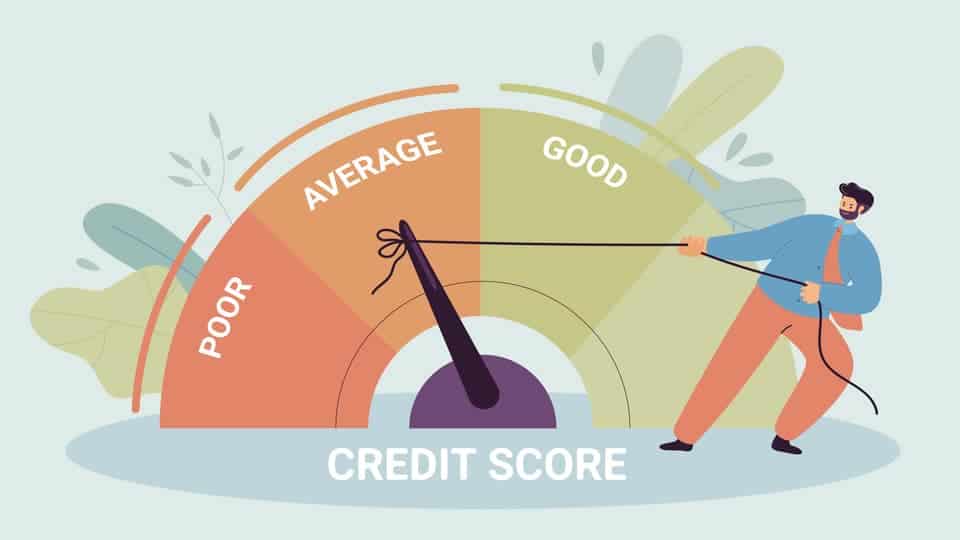Having a low credit score can make borrowing money challenging, but fear not—we’re here to help! In this article, we’ll share expert tips and strategies to secure instant personal loans, regardless of your credit history. From understanding how credit scores work to exploring alternative lending options, we’ve got you covered. With our easy-to-follow advice, you’ll be well-equipped to understand the borrowing process confidently and access a personal loan for CIBIL score of 550. So, let’s get started!
What is the CIBIL score?
CIBIL, a leading credit information company in India, provides a credit score called the CIBIL score. It reflects an individual’s credit history based on their financial actions, like credit card payments, loans, and repayments. Scores range from 300 to 900, with higher scores indicating better creditworthiness. A CIBIL score above 750 is considered excellent, increasing the likelihood of loan approvals. However, getting a personal loan for CIBIL score of 550 can be tough but not impossible.
How To Score a Personal Loan With a Low CIBIL Score?
Securing a personal loan with a low CIBIL score can be challenging, but it’s not impossible. By implementing strategic approaches and demonstrating financial responsibility, individuals can enhance their eligibility and increase their chances of loan approval.
Stable Income
One of the key factors lenders consider when evaluating loan applications is the borrower’s income stability. A stable source of income reassures lenders of the borrower’s ability to repay the loan on time. Therefore, individuals with a low CIBIL score should prioritise showcasing a steady income stream. This can be achieved by maintaining regular employment or demonstrating consistent earnings from other sources, such as rental income or freelance work. Lenders typically prefer borrowers with a stable income history, as it minimises the risk of default.
Low Debt-to-Income Ratio
Another critical factor that lenders assess is the borrower’s debt-to-income (DTI) ratio, which measures the proportion of monthly debt payments to monthly income. A lower DTI ratio indicates that the borrower has manageable debt levels relative to their income, making them a less risky candidate for a loan. To improve their chances of loan approval, individuals with a low CIBIL score should aim to reduce their existing debt and keep their DTI ratio as low as possible. This can be achieved by paying off outstanding debts, consolidating high-interest loans, or increasing income to offset debt obligations.
Co-Applicant
Applying for a personal loan with a co-applicant can significantly enhance the chances of approval, especially if one of the applicants has a stronger credit profile. A co-applicant with a higher credit score and stable income can help mitigate the risk of the primary borrower’s low CIBIL score. Additionally, having a co-applicant increases the combined income available for loan repayment, improving the overall 5 lakhs personal loan eligibility or for an even higher loan amount. However, it’s essential to choose a co-applicant wisely and ensure mutual understanding of the loan terms and responsibilities.
Additional Documentation
Providing additional documentation beyond the standard requirements can sometimes strengthen a loan application and compensate for a low CIBIL score. This may include bank statements, income tax returns, employment verification letters, or collateral to secure the loan. By furnishing comprehensive documentation demonstrating financial stability and repayment capacity, borrowers can instil confidence in lenders and increase the likelihood of loan approval.
In conclusion, securing a personal loan with a low CIBIL score requires proactive measures and careful consideration of various factors. Individuals can improve their eligibility and chances of loan approval by showcasing a stable income, maintaining a low debt-to-income ratio, considering a co-applicant, and providing additional documentation.



